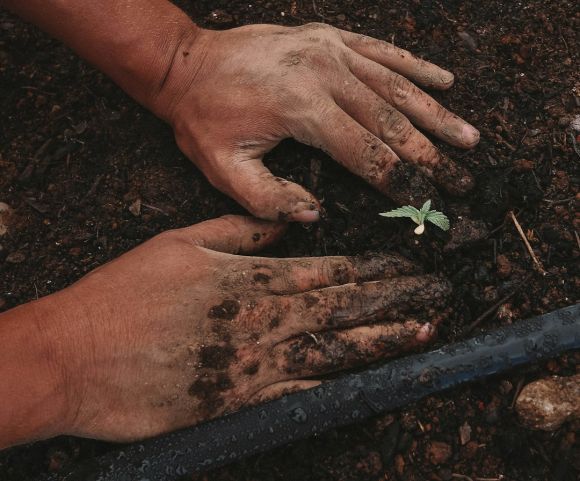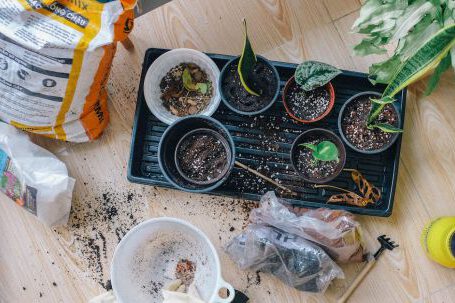Water is essential for the growth and development of plants. It provides them with the necessary nutrients and helps in the process of photosynthesis. However, just like anything else in life, too much of a good thing can be detrimental. Overwatering, or providing plants with more water than they need, can have a negative impact on their health. In this article, we will explore the effects of overwatering on plant health and provide some tips on how to avoid this common gardening mistake.
The Dangers of Overwatering
When plants are overwatered, their roots become saturated with water, leading to poor oxygen circulation in the soil. This lack of oxygen can cause the roots to rot, leading to root diseases such as root rot. Additionally, overwatering can also lead to the leaching of essential nutrients from the soil, leaving the plants malnourished.
The Signs of Overwatering
So how do you know if your plants are being overwatered? One of the most common signs is yellowing leaves. When plants receive too much water, their leaves turn yellow as a result of nutrient deficiencies. Another sign to look out for is wilting. While it may seem counterintuitive, overwatered plants can actually wilt as a result of root damage, making it difficult for them to absorb water properly. Finally, stunted growth and mold growth on the soil surface are also indicators of overwatering.
How to Avoid Overwatering
Now that we understand the dangers and signs of overwatering, let’s explore some ways to avoid this common mistake.
1. Check the Soil Moisture: Before watering your plants, always check the soil moisture. Stick your finger about an inch or two into the soil. If it feels moist, wait for a few more days before watering. If it feels dry, it’s time to water.
2. Water Deeply and Infrequently: Instead of watering your plants lightly every day, water them deeply but less frequently. This encourages the roots to grow deeper in search of water and promotes better drainage.
3. Use Well-Draining Soil: Using well-draining soil is crucial in preventing overwatering. This type of soil allows excess water to drain away, preventing waterlogged roots.
4. Adjust Watering According to Weather: Plants have different water requirements depending on the weather conditions. During hot and dry periods, they may need more water, while during cooler and wetter periods, they may need less. Adjust your watering schedule accordingly.
5. Use Mulch: Applying a layer of mulch around your plants helps to retain moisture in the soil, reducing the need for frequent watering.
6. Monitor Plant Health: Regularly inspect your plants for any signs of overwatering or underwatering. Adjust your watering routine based on their specific needs.
Conclusion
While water is essential for plant health, overwatering can have detrimental effects on their growth and overall well-being. By understanding the dangers and signs of overwatering and implementing proper watering techniques, you can ensure that your plants thrive and remain healthy. Remember to always check the soil moisture, water deeply and infrequently, use well-draining soil, adjust watering according to weather conditions, use mulch, and monitor plant health. By following these guidelines, you can avoid overwatering and create a conducive environment for your plants to flourish.





